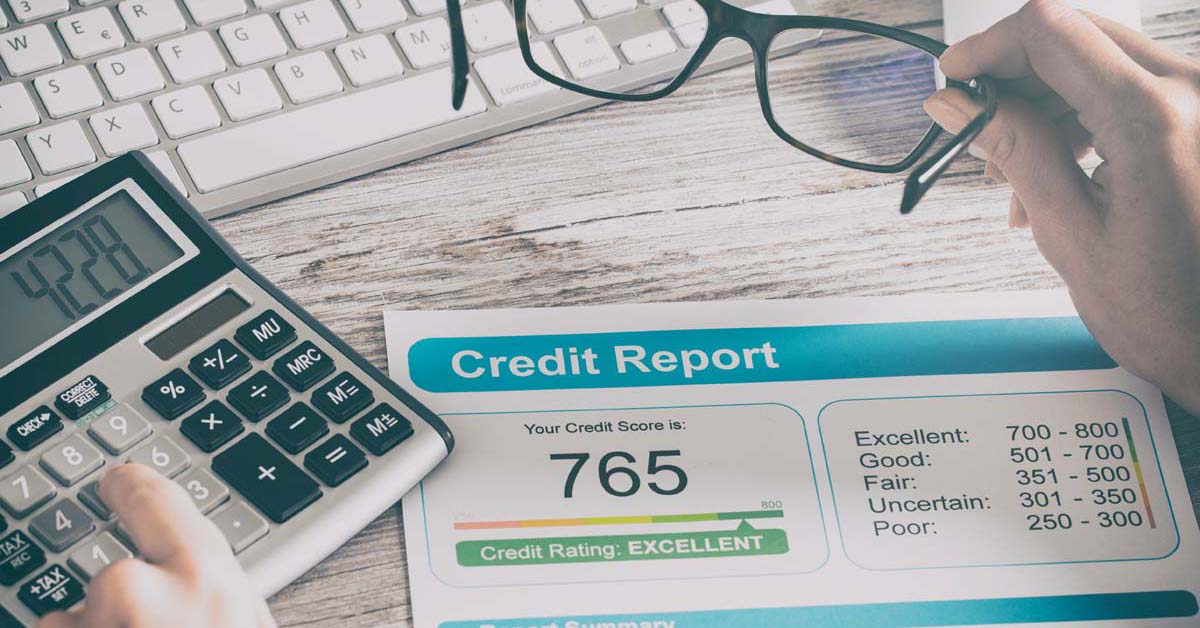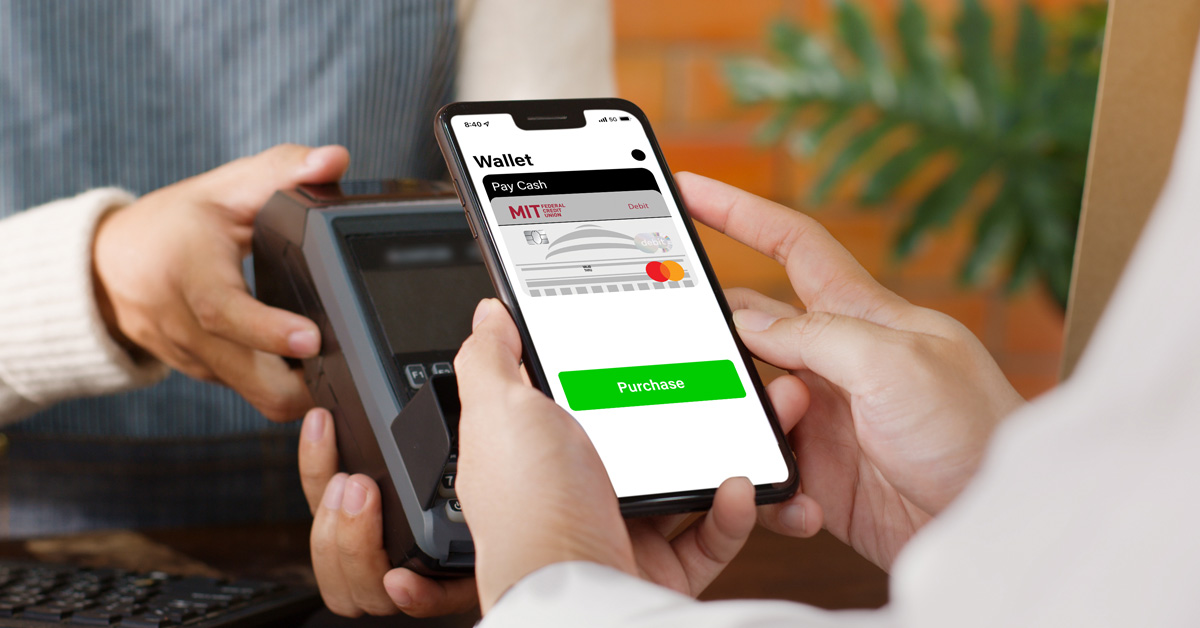All You Need to Know About HELOCs
If you’re a homeowner in need of some cash, look in your own home. You can tap into your equity through a home equity line of credit, or a HELOC. Let’s take a look at HELOCs and why they can be an excellent option for cash-strapped homeowners.
What is a HELOC?
A HELOC is a revolving credit line letting homeowners borrow money against the equity of their home, as needed. Since it’s backed by a valuable asset, a HELOC will generally have a lower interest rate than unsecured debt, like credit cards.
Once you’ve been approved, you can borrow as much or as little as needed during a period of time known as the draw period. That time window generally lasts five to 10 years.
How much money can I borrow through a HELOC?
The amount of money you can take out through a HELOC will depend on your home’s total value, the percentage of that value the lender allows you to borrow against and how much you currently owe on your home.
Many lenders will only offer homeowners a HELOC that allows the borrower to maintain a loan-to-value (LTV) ratio of 80% or lower.
Is every homeowner eligible for a HELOC?
Like every loan and line of credit, HELOCs have eligibility requirements. Exact criteria will vary, but most lenders will only approve homeowners who have a debt-to-income ratio of 40% or less, a credit score of 620 or higher and a home with an appraised value that is at minimum 15% more than what is owed on the home.
How do I repay my HELOC?
Some lenders allow borrowers to make payments toward the interest of the loan during the draw period. When the draw period ends, the borrower will make monthly payments toward the principal of the loan in addition to the interest payments.
For many borrowers, though, repayment only begins when the draw period ends. At this point, the HELOC enters its repayment phase, which can last up to 20 years. During this time, the homeowner will make monthly payments toward the HELOC’s interest and principal.
In lieu of an extended repayment phase, some lenders require homeowners to repay the entire balance in one lump sum when the draw period ends.
How can I use the funds in my HELOC?
There are no restrictions on how you use the money in your HELOC. However, it’s generally not a good idea to use a HELOC to fund a vacation, pay off credit card debt or to help you make a large purchase. If you default on it, you risk losing your home, so it’s best to use a HELOC to pay for something that has lasting value, such as a home improvement project.
If you’re a homeowner in need of some extra cash, consider taking out a HELOC through MIT Federal Credit Union. Call, click, or stop by today to get started!
« Return to "Blog"

Affordable Sustainability: Plastic Water Bottle Waste
Use the tips outlined here to change your drinking habits and do one for the environment.

What is a Credit Score and How Does it Affect my Mortgage Loan?
Using credit scores to evaluate your credit history is just one of the factors we use to evaluate your mortgage terms.

All You Need to Know About Home Equity Loans
Borrowing with a home equity loan is a great way to tap into money when you need it most.





